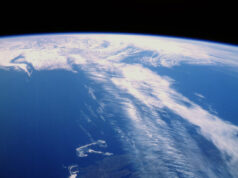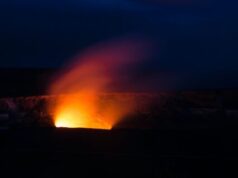When plants absorb this gas to grow, they remove it from the atmosphere and it is sequestered in their branches, trunk or roots. An article published today in Science shows that this fertilizing effect of CO2 is decreasing worldwide, according to the text co-directed by Professor Josep Peñuelas of the CSIC at CREAF and Professor Yongguan Zhang of the University of Nanjin, with the participation of CREAF researchers Jordi Sardans and Marcos Fernández. The study, carried out by an international team, concludes that the reduction has reached 50% progressively since 1982 due basically to two key factors: the availability of water and nutrients.
“There is no mystery about the formula, plants need CO2, water and nutrients in order to grow. However much the CO2 increases, if the nutrients and water do not increase in parallel, the plants will not be able to take advantage of the increase in this gas”, explains Professor Josep Peñuelas. In fact, three years ago Prof. Peñuelas already warned in an article in Nature Ecology and Evolution that the fertilizing effect of CO2 would not last forever, that plants cannot grow indefinitely, because there are other factors that limit them.
If the fertilizing capacity of CO2 decreases, there will be strong consequences on the carbon cycle and therefore on the climate. Forests have received a veritable CO2 bonus for decades, which has allowed them to sequester tons of carbon dioxide that enabled them to do more photosynthesis and grow more. In fact, this increased sequestration has managed to reduce the CO2 accumulated in the air, but now it is over. “These unprecedented results indicate that the absorption of carbon by vegetation is beginning to become saturated. This has very important climate implications that must be taken into account in possible climate change mitigation strategies and policies at the global level. Nature’s capacity to sequester carbon is decreasing and with it society’s dependence on future strategies to curb greenhouse gas emissions is increasing,” warns Josep Peñuelas.
The study published in Science has been carried out using satellite, atmospheric, ecosystem and modeling information. It highlights the use of sensors that use near-infrared and fluorescence and are thus capable of measuring vegetation growth activity.
Less water and nutrients
Find your dream job in the space industry. Check our Space Job Board »
According to the results, the lack of water and nutrients are the two factors that reduce the capacity of CO2 to improve plant growth. To reach this conclusion, the team based itself on data obtained from hundreds of forests studied over the last 40 years. “These data show that concentrations of essential nutrients in the leaves, such as nitrogen and phosphorus, have also progressively decreased since 1990,” explains researcher Songhan Wang, the first author of the article.
The team has also found that water availability and temporal changes in water supply play a significant role in this phenomenon. “We have found that plants slow down their growth, not only in times of drought, but also when there are changes in the seasonality of rainfall, which is increasingly happening with climate change,” explains researcher Yongguan Zhang.
Provided by: Spanish National Research Council (CSIC)
More information: S. Wang et al. Recent global decline of CO2 fertilization effects on vegetation photosynthesis. Science (2020). science.sciencemag.org/cgi/doi … 1126/science.abb7772
Image Credit: CC0 Public Domain











